This website uses cookies so that we can provide you with the best user experience possible. Cookie information is stored in your browser and performs functions such as recognising you when you return to our website and helping our team to understand which sections of the website you find most interesting and useful.
Full Agenda
Registration and Morning Coffee
Opening Remarks From The Organizer and Chair
Ice-Breaking and Networking Activity


Additional Risk Minimization Measures
Dr. Dnyaneshwar Sanap
- Basics of risk minimization in Pharmacovigilance
- Routine Vs additional RM measures
- Planning, implementing aRMMs including measuring effectiveness
- Learning lessons and tips
Dr. Dnyaneshwar Sanap
EU/UK QPPV, Head Regional Pharmacovigilance
Glenmark Pharmaceuticals
Coffee-Break


Signal Detection – Generic Industry perspective
Mohamed Ali Kotal
Generic companies frequently face challenges on signal management, which may impact updates to product information related to safety concerns especially when these originate externally.
Competent authorities expectations are similar for innovative and generic marketing authorization holders in respect to the signal management. Based on the regulations and information received from the authorities “sufficient evidence” is needed for safety variations for Generics, as well as for the innovative products.
However, in practice signals submitted by the generic MAH many a times face rejection or placed on hold on the grounds of “insufficient evidence”, in particular when the reference product label doesn’t include the respective safety topic.
Learn from Mohamed Ali Kotal, Head Medical Safety at Sandoz, speaking at the 3rd Pharmacovigilance & Drug Safety Conference in Lisbon on 6 & 7 June.
Mohamed Ali Kotal
Head Medical Safety
Sandoz


Challenges in Consumer Healthcare Safety
Agnieszka Kicman-Gawłowska
Within a portfolio of over-the-counter (OTC) medicinal products and medical devices, cosmetic products, and dietary and food supplements, Consumer Safety needs to be flexible and adaptable to different regulatory requirements globally and meet quality and compliance expectations of Health Authorities globally. In recent years more activity in regulatory framework globally was observed in medical device and cosmetic areas. A lack of harmonization in global regulations requirements is observed in cosmetic products.
- Regulatory framework in different types of consumer healthcare products
- Proposal of best practice in approach to prepare and implement new regulatory requirements in a global Consumer Safety
Agnieszka Kicman-Gawłowska
Associate Director, Consumer Safety Science
Haleon
Roundtable Discussion
All delegates will have 30 minutes to discuss
trending topics in the Pharmacovigilance field.
Lunch


Patient Involvement for Better PV Knowledge - Driving Patient Centricity Through Your PV Project
Yvonne Nanciu
Patients need to play a crucial role in the decision-making regarding their own disease treatment and therapy options. However, their knowledge of Pharmacovigilance (PV) aspects is still quite limited despite the industry´s effort to make the science of Pharmacovigilance and the importance of adverse event reporting more popular - and palatable. What I am hoping through this presentation is to share from our experience, and have an open discussion about what can we do differently/better to reach our patients, putting their safety first.
- The importance of patient-centricity as the main driver of PV activities
- Aspects to consider when setting up a Patient Support Program
- What can we do with limited budget to reach our patients
- Is there a specific PV time to shine during the year? Highlights from last year´s Patient Safety Day and Med Safety Week
- Open discussion and exchange of ideas
Yvonne Nanciu
PVCH Germany, Deputy EU QPPV
Bayer
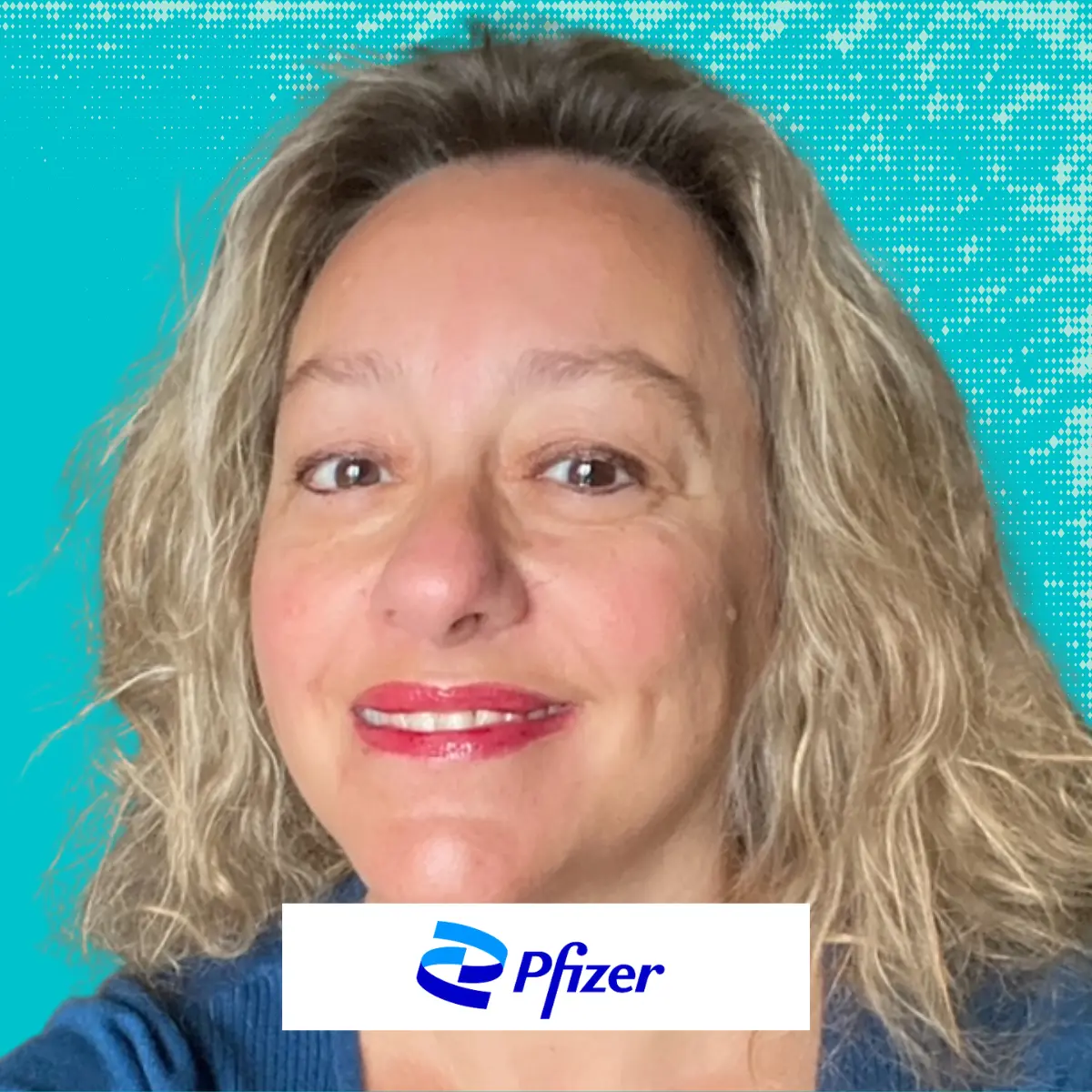

Overview of Signal Detection and Challenge During Pandemic
Maria Maddalena Lino
A safety signal is defined as information suggesting a new potential association or new aspects of a known association between medicines and adverse reaction(s) that warrant further investigation. The way a safety signal is detected and evaluated changed a lot during the last years. Different methods can be used, such as quantitative and qualitative analyses, clinical trial data review, medical literature review and epidemiology-based analyses such as observed vs expected analysis. Each of them has caveats and advantages to be considered and while they could be used alone their results may not be reliable as when they are used together to evaluate a signal. During the last two global pandemics (H1N1 and COVID-19), the pharmacovigilance world changed extensively to adapt and meet unprecedented needs. Literature review and observed vs expected analysis played a key role in signals evaluation. Various alternative sources of signals, such as social media monitoring have been explored for the Covid-19 vaccines worldwide. The COVID-19 vaccines were subjects of an unprecedented level of pharmacovigilance implemented by the MAHs, regulatory authorities and public health organizations. This and the increased level of communication about safety data between the MAHs and regulatory authorities, helped to turn the pandemic into an opportunity to make important steps forward in the pharmacovigilance area.
Maria Maddalena Lino
Safety Risk Lead Director
Pfizer
Coffee-Break


The Application of AI for the Detection of Adverse Events
Richard Hughes
Learn from Richard Hughes, Global Head of Patient Safety and Pharmacovigilance, Biogen, speaking at the 3rd Pharmacovigilance & Drug Safety Conference in Lisbon on 6 & 7 June.
Richard Hughes
Global Head of Patient Safety and Pharmacovigilance
Biogen


Why Oncology Global Patient Safety Teams Should Develop the Safety Section of the Study's Target Product Profile?
Michael Kieffer
Oncology Global Safety Teams (GSTs) are usually not tasked with the development of the risk section of the products Target Product Profile (TPP). This fact makes little sense since the GST is tasked by the company to identify, analyze, and mitigate a product's risks. The TPP, in essence, establishes boundaries for go-no-go decisions around a product or products in combination treatment. Involvement of the Oncology GST in
producing a well-researched and evidenced-based TPP safety section allows the team to develop knowledge around the drug(s) studied or added to a study arm. The increased use of umbrella and platform studies for early-phase oncology trials allows an excellent resource for the use of clinical data to estimate the risk of developmental drugs combined to treat a given oncology indication. To shorten the time to marketing, companies are including developmental products with novel mechanisms early within their development
cycles. Antibody Drug Conjugates (ADCs) and Bi-Directional Antibodies are a few examples of products combined in arms of a platform or umbrella study early and with only immature clinical data available. This talk will share a novel analytical approach for safety teams to develop a well-thought-out and defendable safety section for the TPP. Strategies to estimate the risks associated with combination therapies will be
brought forward. The advantages of having the safety team involved early in the benefit/risk, go-no-go decisions for a study, or the addition of a study arm will be detailed. The early development of a well-documented TPP will enhance chances of a successful product submission.
*The existing framework for most companies' TPP development does not include GST input for the safety section.
*GSTs have the required skill set to provide the product risk analysis necessary to produce an effective estimate of risks for the safety section of the TPP.
*This talk provides a new framework to include GSTs in the TPP development and methods for the GSTs to meet this new requirement.
Michael E. Kieffer
President
Focused Consulting, Staffing, & Drug Safety, LLC
Roundtable Discussion


Panel Discussion: Navigating the Complexities of Drug Safety in the Digital Age
Corina Mangu
- Discuss the role of real-world data in pharmacovigilance and its impact on drug safety assessments
- Explore opportunities for leveraging digital health data for proactive adverse event monitoring and patient-reported outcomes
- Examine ethical dilemmas related to pharmacovigilance, including issues of patient privacy, informed consent, and the balance between public health surveillance and individual rights
- Examine how AI and ML technologies are transforming pharmacovigilance processes, including adverse event detection, signal detection, and risk assessment
Cocktail Reception
Registration and Morning Coffee
Opening Remarks From The Chair


PV Compliance Governance Model - "A Competitive Driver For a Healthy PV System"
Isa Costa
PV Compliance must be viewed as a source of competitive advantage and customer differentiation and not simply as cost investment and operational work. With the fast growing complexity of the pharmacovigilance landscape, there is a need for companies to rethink their working model to identify issues and risks earlier in time and have a robust communication and escalation mechanism with clear roles and responsibilities sustained by robust processes that enable them to proactively and successfully tackle those focused areas and prevent non-compliance. Having a robust and well-thought PV compliance governance model composed by tactical and practical solutions and tools are fundamentals to be inspection ready at all times and ensure a healthy local PV system mainly in a continuous changing Era.
Isa Costa
Associate Director International Pharmacovigilance Operations
Johnson & Johnson


Evolving of Pharmacovigilance within Middle East & Africa region
Raghda Mohamed
1- Background of MEA region.
2- Pharmacovigilance evolution and Patient safety impact.
3- Challenges and opportunities.
4- Future/trends for Patient Safety within MEA
Raghda Mohamed
Patient Safety Cluster Lead - Middle East and Turkey / Global patient Safety Evaluation
Takeda
Roundtable Discussion
Coffee Break
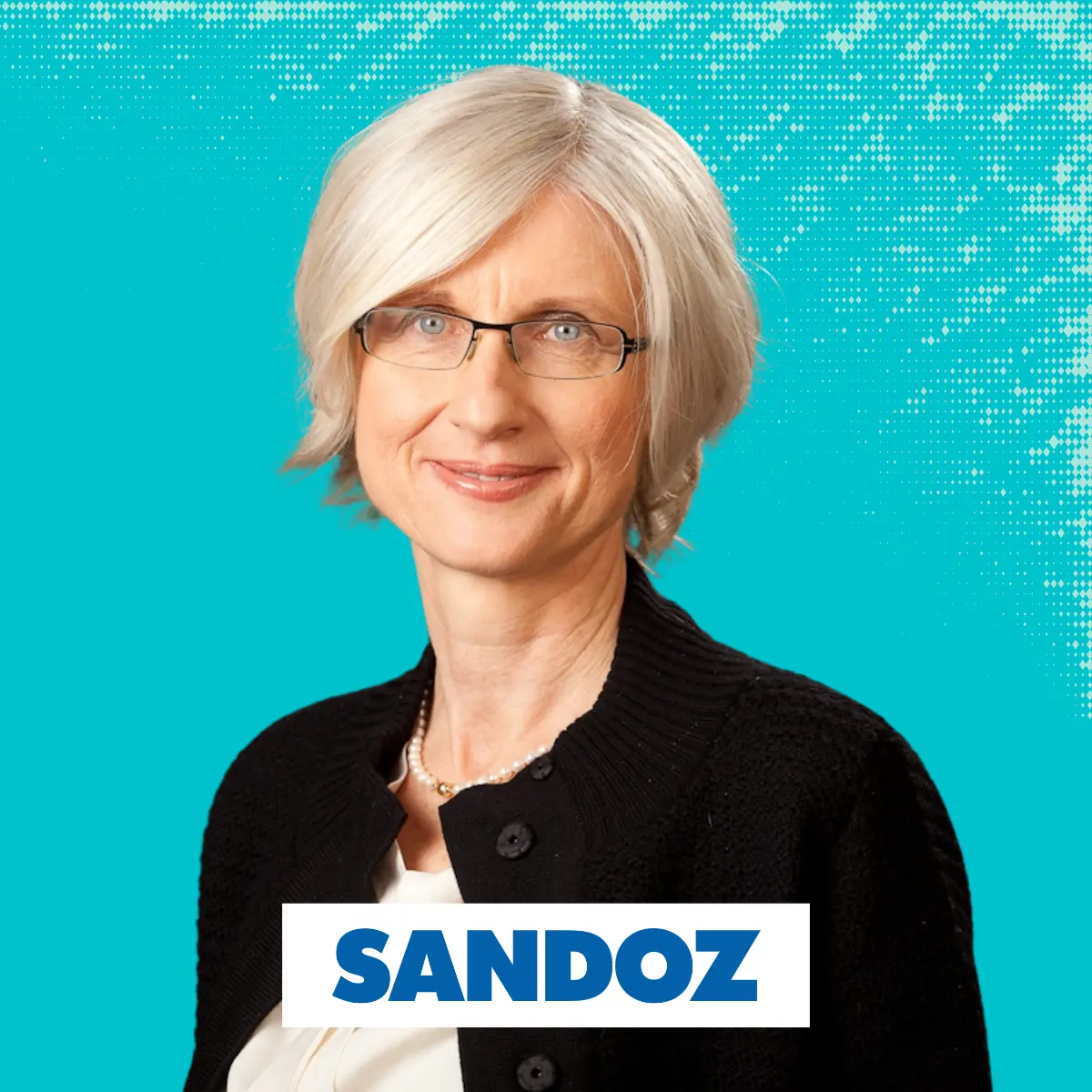

Safety Perspective in Joint Postauthorisation Safety Studies (PASS)
Veronika Bayew
Joint PASS need to fulfill the same requirements as PASS for one marketing authorization holder and one pharmaceutical product, however there are also opportunities and challenges for this type of PASS. With the focus on safety, specialties can be highlighted, including the development of responses to issues in safety, efficacy or quality of a medicine in consortia. Some pre-requisites are key for a good and successful collaboration.
Veronika Bayew
Medical Safety Lead
Sandoz


A New Era in Patient Safety
Lídia Vieira
- Staying ahead in the race - Current trends for PV, and new and future challenges - Are we ready to embrace AI? & Other difficult Questions
- Collaboration among all the parties in patient Safety (industry, regulators, patients, healthcare professionals, etc)
- Patient involvement for better PV knowledge - Driving patient centricity into PV
- Pharmacovigilance in Serious Diseases: Challenges and approaches for monitoring/promoting Drug safety & Patient Safety
Lidia Vieira
Head of Patient Safety
Bristol-Myers Squibb
Lunch
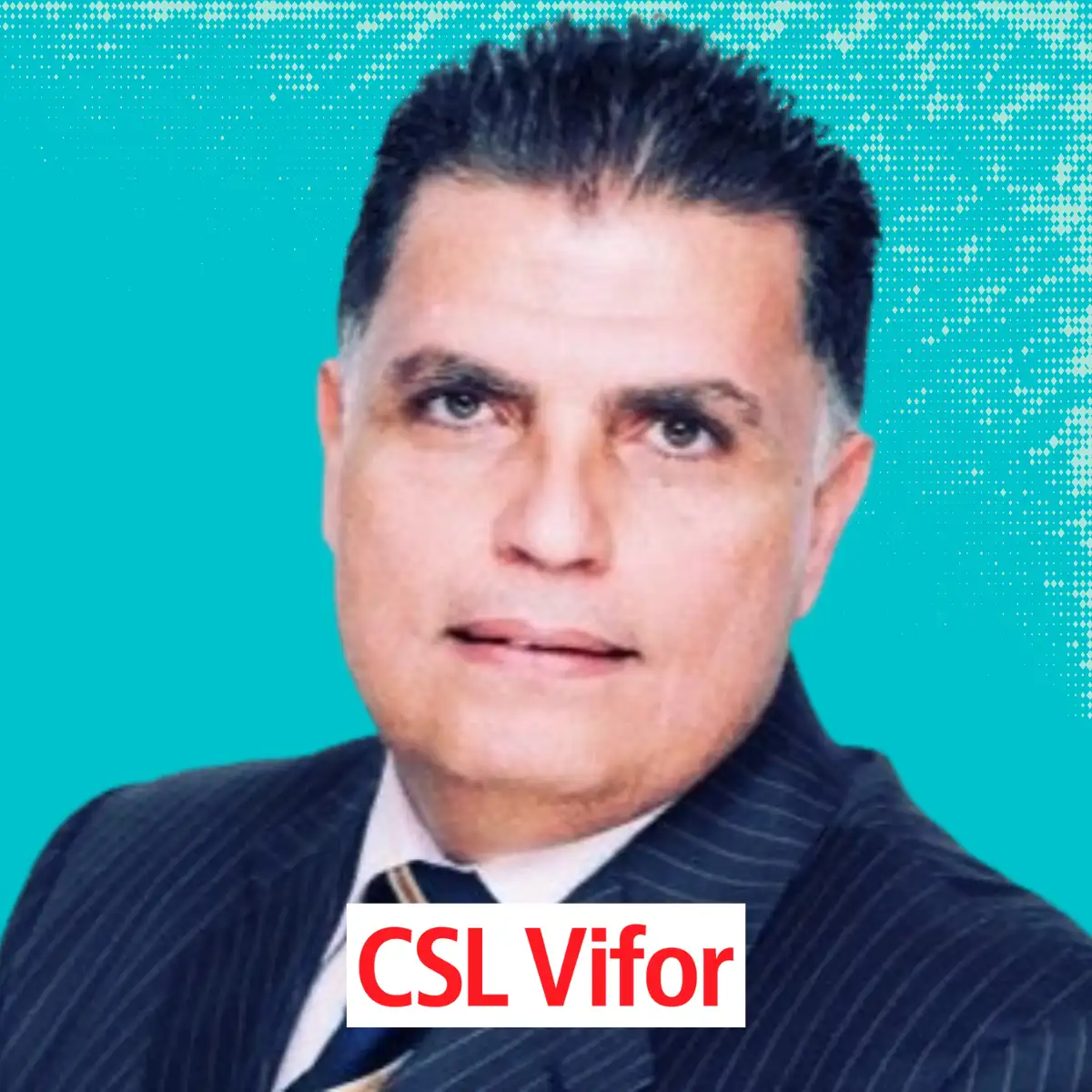

Understanding Middle East Turkey and Africa Pharmacovigilance interaction with EU PV
Ashraf Megahed
The safety and risk management of medicinal products has undergone a period of extensive change, with regulations in developed regions becoming more stringent and in other regions, regulations are evolving rapidly with high expectations.
These increasingly stringent and rapidly evolving regulations have led to the internationalization of Good Vigilance Practices, i.e. the adoption of GVP by several countries in the META region.
• Review national regional PV legislation.
• Link global QPPV role to local, and regional QPPV per requirements
• Assess the current level of company compliance per country, and region as well as alignment with deviation from the EU requirements META, LATAM, APAC, EAEU and CIS
• Develop a framework to ensure future compliance covering.
•Training
•PSSF development and production
•Documentation e.g. delegations of Local Regional SOPs
• Compliance metrics and oversight are particularly important
• Communication and information flow internally and externally
Ashraf Megahed
Regional QPPV (Qualified Person for Pharmacovigilance) & Quality Manager META
CSL Vifor
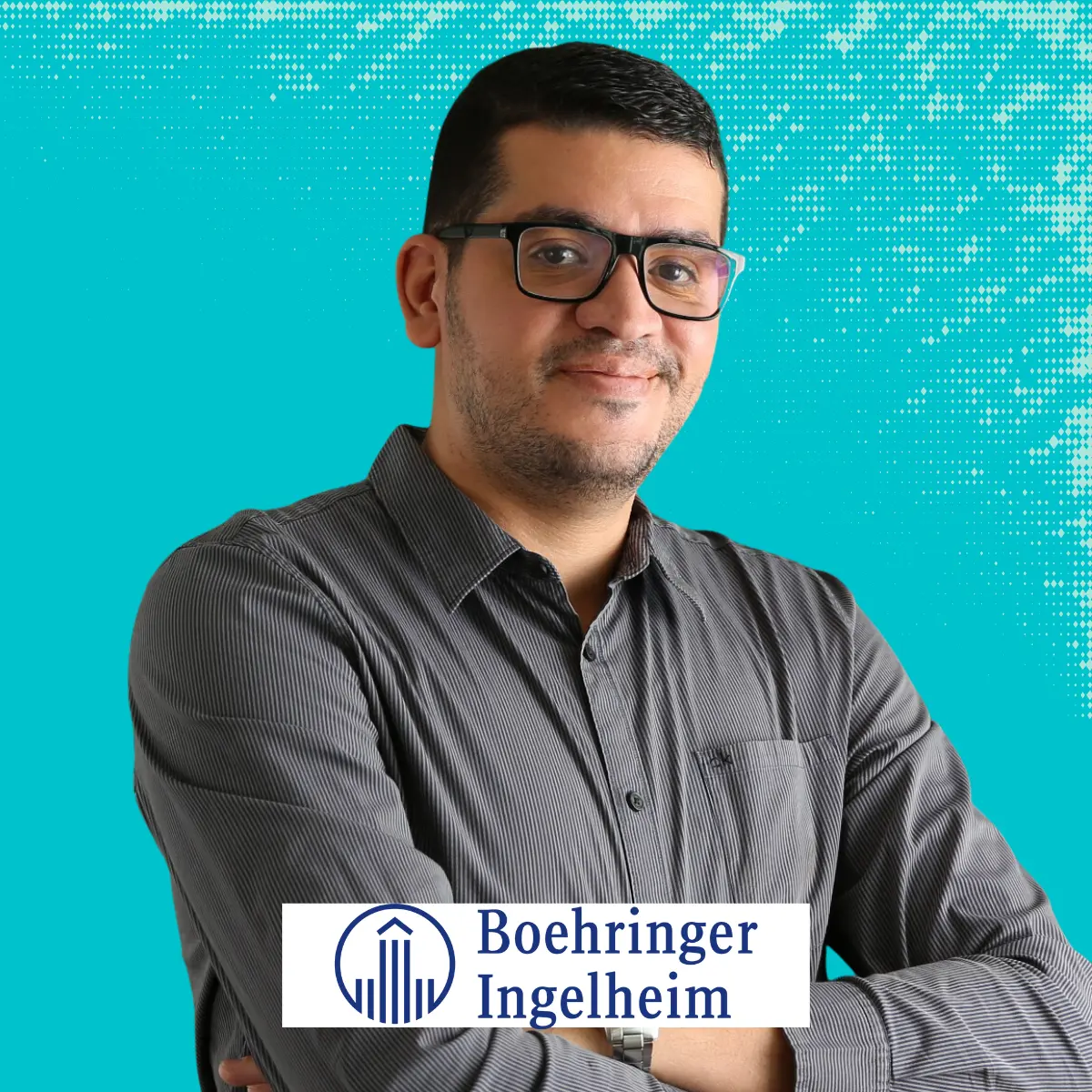

Challenges and Opportunities for Pharmacovigilance Partnership with License Partners in the Emerging Markets
Dr. Zakaria Thamri
In some territories, Marketing Authorization holders do not always have legal entities and dedicated PV teams and they are granting rights to Local suppliers.
While it’s crucial to better understand their partners’ PV systems and the way they are complying with their responsibilities and local requirements, ensuring a good collaboration by supporting the local partners to up-scale their PV systems would be a great fix to ensure the fulfillment of the regulatory requirements and ensure Patients’ Safety.
• Whilst licensing agreements involving medicines are primarily driven by commercial considerations, the successful handling of pharmacovigilance obligations is a critical, but frequently overlooked.
• Proposal of efficient collaboration with license partners by supporting them to up-scale their PV system.
Dr. Zakaria Thamri
Regional Patient Safety & Pharmacovigilance Lead for India, Middle East, Turkey & Africa
Boehringer Ingelheim
Roundtable Discussion
Closing Coffee Break
Bus/Boat Sightseeing - Hippo Trip
